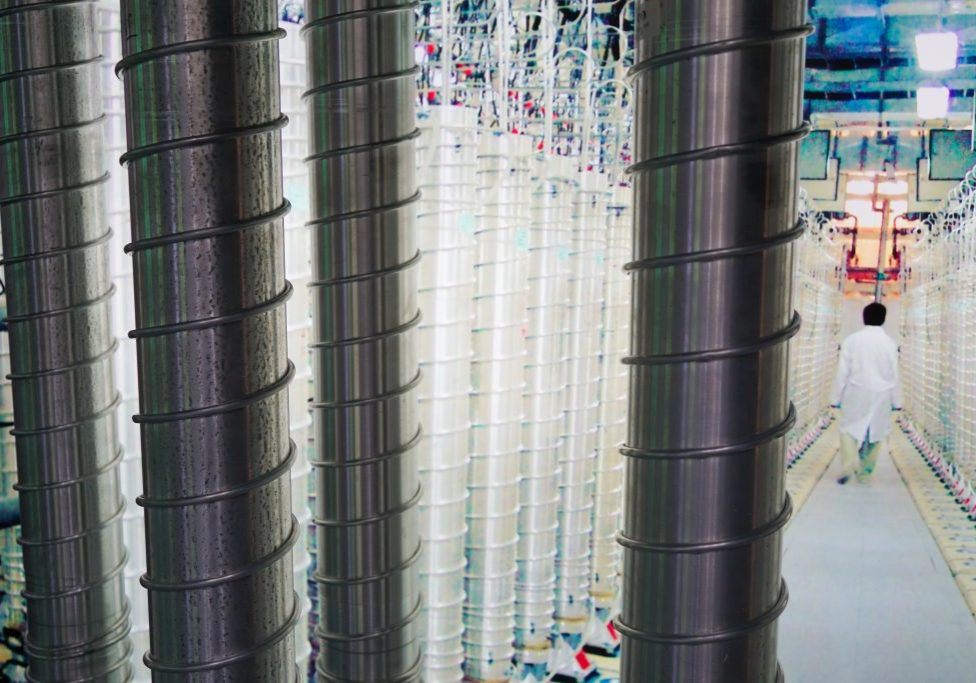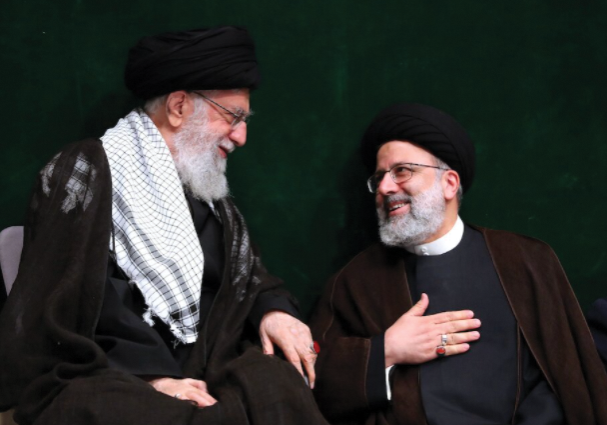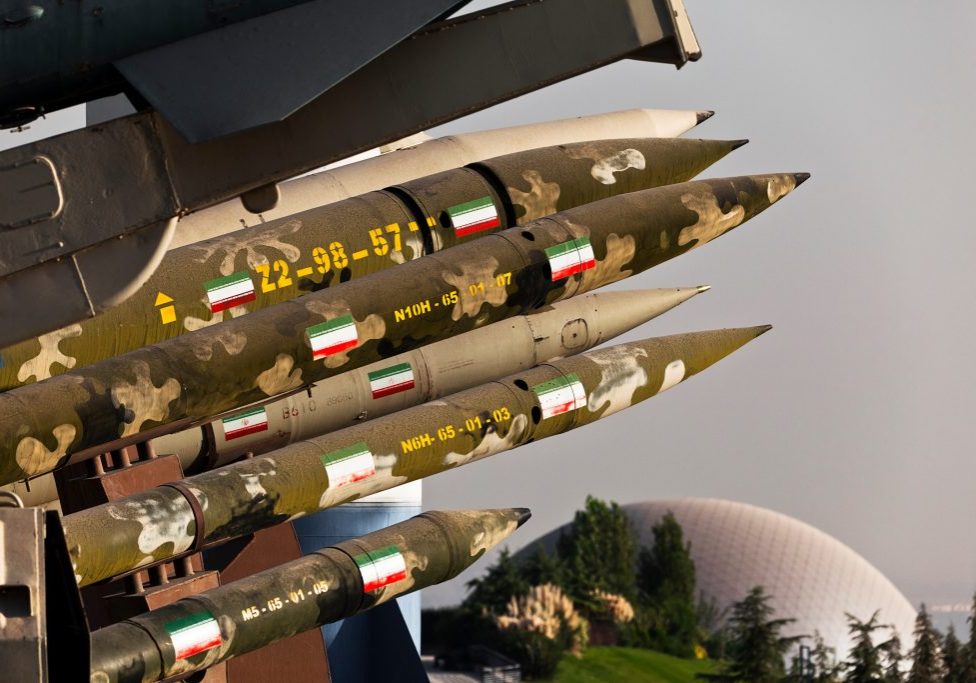Australia/Israel Review
Going Ballistic
Dec 1, 2006 | External author
By Uzi Rubin
 |
| Iran’s Shehab 3ER: able to reach parts of Europe |
Although there have been limited missile sales by Russia and the Ukraine (to Iran), Pakistan (to Saudi Arabia) and China (to Pakistan, Iran and Saudi Arabia), by far, the biggest supplier of missile technology to the Middle East is North Korea. Pyongyang has sold missile components and production technology to Pakistan, Yemen, Iran, Syria, Egypt, Libya and possibly Algeria. And that’s just in the Middle East – intelligence indicates North Korean missile sales to various Southeast Asian countries, as well.
Of most concern to Israel are the sales to Syria and Iran and the rocket and missile arsenals acquired by terrorist organisations Hamas and Hezbollah.
Egypt’s missile arsenal is also of note. Cairo maintains an arsenal of over 200 Scud B and C missiles, with respective ranges of 300 and 580 km. (The distance from Cairo to Tel Aviv is approximately 400 km.)
Egypt has expressed interest in buying a 1,300 km. range No Dong from North Korea, but heavy pressure from Washington has for now put paid to this idea.
Syria is of much more concern. The Baathist republic has between 400 and 500 Scud B, C and D missiles (the latter with a range of 700 km). Although Israel’s population centres are well within the range of the Scud Cs, the longer-range missile allows Syria a launching area further away from Israel’s borders.
Most worrying, Syria is seeking to buy the Russian produced, very modern and very accurate SS26 “Iskander.” Despite its relatively short range of 280 km, Syrian acquisition of the pinpoint accurate missile would threaten the regional balance of power. Its accuracy would allow Syria to destroy Israel’s northern military and civilian infrastructure – including airstrips and oil refineries – at the outset of a conflict. Pressure from the US and Israel has, thus far, prevented Russia from selling the weapons system, though there is little optimism that this will continue being the case indefinitely.
Unlike the Arab countries, which generally neither test nor display their missiles, Iran is very public about its missile program. In part a symbol of national pride – it was able to begin a missile program whilst under missile fire during the 1980-88 Iran-Iraq war – and in part due to its leadership’s ongoing campaign of threatening Israel, Iran holds regular public displays of its missiles.
The Iranian arsenal includes the Scud B and C and variants of the No Dong. Iran has renamed these missiles ‘Shihab’ (meaning comet) 1, 2 and 3, respectively. German intelligence, now declassified, has identified a new type of Iranian rocket – apparently designed within Iran – with an estimated maximum range of 3,500km – putting the vast majority of continental Europe within range of Iranian attack. It remains worrying why Teheran feels it needs these very long-range missiles.
Iran’s ongoing efforts at mastering satellite launching technology are putting a truly global intercontinental ballistic missile (ICBM) within reach.
An additional major concern is the suspected acquisition by Iran, on the international weapons black market, of small numbers of the Russian-made, nuclear-capable KH55. A sophisticated plane-launched cruise missile, the KH55 is able to fly at very low altitudes and can navigate its way around obstacles.
Iran likely intends to reverse-engineer those it has purchased, and mass-produce its own version. Although Iran has no planes capable of launching the KH55, it should not be that difficult to alter the design for ground launch.
Given Iran’s efforts at attaining nuclear weaponry and its leadership’s menacing end-of-days rhetoric, Iran’s missile program is worrying, indeed.
Both Iran and Syria have supplied Hezbollah with rockets and missiles (a missile is a guided rocket). This arsenal was put into action during the July-August war with Israel, in which 43 Israeli civilians were killed by the approximately 4,250 rockets fired into Israel.
The majority of the Hezbollah arsenal consists of “Katyusha” 122mm Grad rockets – the overwhelming majority of the 4,228 rockets fired at Israel in the July-August war were of this variety.
Most of the warheads of these rockets were packed with ball bearings to maximise civilian casualties.
Hezbollah also maintained the longer-ranged, Iranian produced, Zelzal rocket – capable of reaching Tel Aviv from Lebanon. However, on the second day of the conflict, July 13, Israeli air force strikes destroyed most Zelzal rockets and launchers, and possibly more.
It is interesting that of the 4000-plus rockets which struck Israel, almost all appear to have been made in Syria, not Iran. This suggests that Israel may have destroyed many or most of the Iranian rockets early in the conflict.
Hezbollah have been rearming since the ceasefire was put in place. The UN forces patrolling southern Lebanon don’t also patrol the Lebanon-Syria border, which means Hezbollah can acquire arms and rockets with ease.
The Palestinian terror organisations have been effective in developing an indigenous rocket industry, which centres around the home-made “Qassam” rocket. Developed originally by Hamas, eight varieties of the Qassam are being used by different terror groups.
The rockets are very short range – up to 15 km – and are aimed at harassing Israel’s southern communities; notably the towns of Sderot and Ashkelon.
The Qassam’s fuel is typically made of sugar mixed with fertiliser. As such, it breaks down and becomes ineffectual within a matter of days, meaning it must be fired very soon after manufacture.
However, military standard explosives smuggled under the Egyptian-Gaza border have resulted in longer-ranged and deadlier rockets, with a longer storage potential.
There are indications that Hamas is being supplied with the 122mm “Katyusha” rockets as well.
 |
| Israel’s Arrow defence system in operation |
At present, Israel has no working defence against the short-range rocket threat from Hezbollah and Hamas. Two projects in development include the THEL laser system and the ‘Stunner’ system.
The THEL system is based on a high-energy laser that attacks and destroys rockets fired from 8-15 km away. A co-ordinated US-Israeli effort, the THEL system has worked in tests, but there are still technical hurdles to a deployable version.
The Stunner system won’t be tested until 2008. Based on kinetic energy (i.e. “bullet hitting bullet”), it is designed to destroy rockets with a range of 40 – 250 km.
Against longer range threats, on the other hand, Israel has a working defence. Called the Arrow, the system includes a powerful radar that detects incoming missiles (with a range greater than 300 km) and launches a missile to intercept the warhead, using kinetic energy to destroy it.
The Arrow program was launched following the missile strikes against Israel during the 1991 Gulf War and has been operational since December 2000.
![]()
Uzi Rubin is a leading Israeli military scientist renowned as the father of Israel’s successful Arrow missile defence project. A veteran of 23 years at Israel’s Ministry of Defence, he founded and headed the Israel Missile Defence Organisation. He recently visited Australia and spoke to AIJAC gatherings in Sydney (Nov. 10) and Melbourne (Nov. 14). The above is a rapporteur’s summary of his remarks, prepared by Bren Carlill.
Tags: International Security






